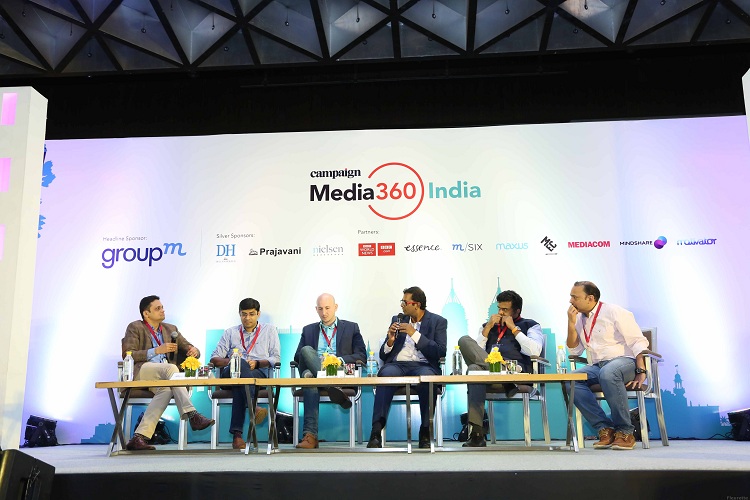Media360 India: 'Digital advertising requires a clean up'
A panel featuring GroupM's Lakshmi Narasimhan, Starcom's Mallikarjun Das, Facebook's Vidyadhar Kale, Nielsen's Kartikeya Varma, BARC's Jamie Kenney and Ramanujam Pobbisetty of comScore debated steps to be taken to make sure a 'digital implosion' doesn't take place
by Campaign India Team

To continue enjoying this content, please sign in below. You can register for free for limited further access or subscribe now for full access to all out content.
Sign In
Trouble signing in?
Register for free
✓ Access limited free articles each month
✓ Email bulletins – top industry news and insights delivered straight to your inbox
Subscribe
✓ All the latest local and global industry news
✓ The most inspirational and innovative campaigns
✓ Interviews and opinion from leading industry figures
